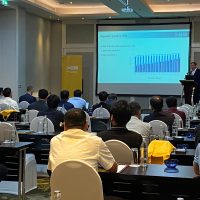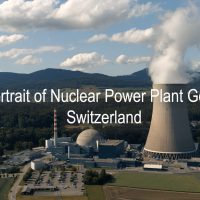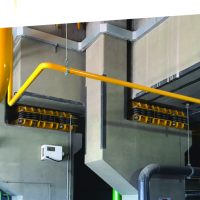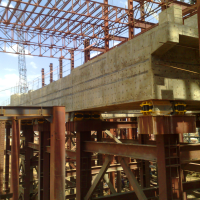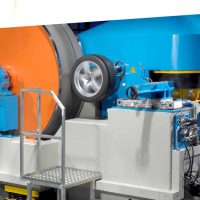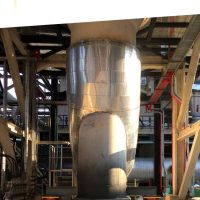Elastic support of JPL power plant turbine in Seoni, India.
The site is located near village Barela -Gorakhpur, Tehsil Ghansore of Seoni District. JPL currently has 600 MW thermal capacity fully operational and 660 MW under implementation. The plant is generating power on commercial basis. With a total mass of about 28,750 tons, the turbine house of this power station is approx. 95 m long, 46 m wide and 39-m high.
In 2010, GERB was consulted by the operator of the power plant directly and asked for a vibration control solution. We started supporting the owner as well as the structural designer already at an early project phase. Particular focus was placed on the high earthquake input to be taken into account. Starting with our explanations of similar projects, there were intensive consultations with the project participants about possible optimization of the turbine building. In addition to developing project-specific spring and damper elements, the substructure underneath the elastic support system was discussed in detail.
